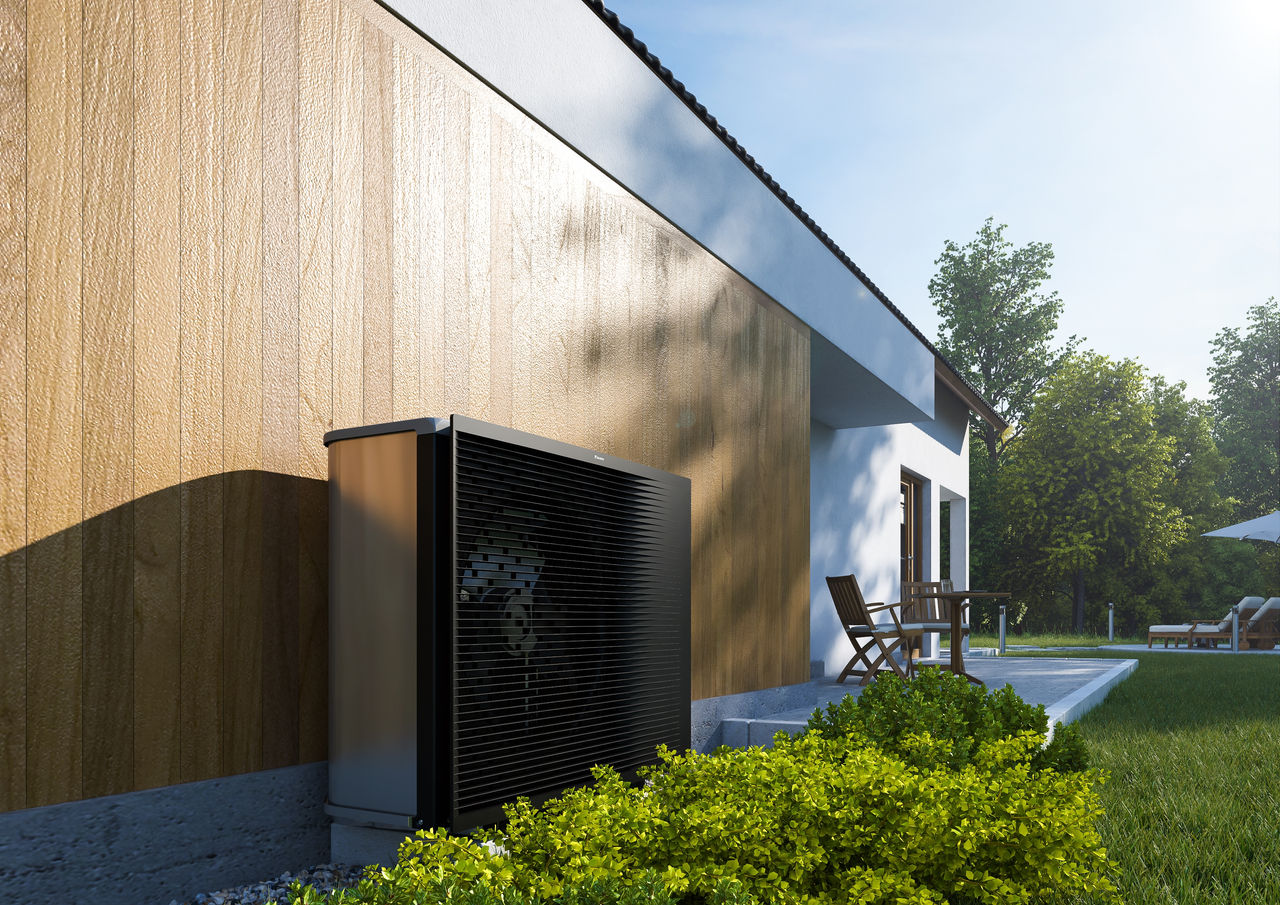Learn more about Daikin's contribution
- How can the heating system in your home curb the climate change?
- How can sustainable solutions contribute to Europe’s ambitious CO2 reduction goals?
- Which steps are needed to transform the heating business and avoid the use of fossil fuels such as coal or oil?
Recently (April 2021), the European Commission raised the goal of CO2 emission cuts from 40% to 55% by 2030. This agreement is an important step towards Europe’s goal to become climate neutral by 2050. It is ambitious, but achievable if fully supported by politics, industries and consumers. Making the heating sector more sustainable can have a major impact for this strategy. Daikin is ready to contribute to Europe’s renovation wave with environmental friendly solutions, especially with its heat pump technologies.
ISH Digital 2021 - Webinar: Ready for the renovation wave - A heat pump in every home (Hervé Pierret, Daikin)
Benefits of heat pumps
What’s the potential of heat pumps today?
4 steps to decarbonize residential heating
4 steps to decarbonize residential heating
The replacement rate has to be doubled from 1% to 2% by 2030 as the replacement of old systems by more energy-efficient ones will naturally lead to emission cuts.
EU citizens have to be motivated to choose renewable solutions by showing them comprehensible reasons why renewable heating systems, like heat pumps, are efficient, cost-effective and reliable solutions.
In Central & Eastern Europe attractive incentives and subsidies are offered to home owners for upgrading their heating systems and/or building their homes with heat pumps.
- Austria: Heating renovation incentive for existing oil & gas heating replacement with heat pump
- Bulgaria: Loans and investment incentives through local participating banks for energy efficiency home improvements
- Hungary: Home renovation subsidy including heating renovation with heat pumps
- Czech Republic: Fund focused on energy savings in family and apartment houses including heat pump (new build & renovation)
- Croatia: Incentive given after a proof of 60% energy efficiency improvement, targeting home renovations incl. heat pump applications
- Romania: Incentive to increase energy efficiency and reduce greenhouse gas emissions by reducing energy consumption and the use of renewable sources
- Serbia, Albania, Kosovo, North Macedonia: Loan pay-back for home renovations including heat pump applications.
- Slovakia: Incentive for upgrading heat system with renewable energy source or installation of renewable energy generator
- Slovenia: Incentive for environmentally friendly home renovation investments including heat pump applications.

Due to direct or indirect incentives oil or gas-based boilers are today still cheaper than heat pumps.
Also, the gap between electricity and gas prices in many EU member states is too high to make heat pumps accessible for all EU citizens. A level playing field is also needed for renewable technologies.
In the short term, government incentives can help accelerate the transition to carbon-neutral heating and make heat pumps accessible to all Europeans. But in the longer run only more balanced energy prices and a correct indication of the energy and carbon performance of a building will motivate end consumers to invest in energy efficient technologies.

Overall, renewable heating via heat pumps represents only 10% of all heating systems installed annually in Europe1.
This contrasts sharply with the EU Commission’s ambitious 2030 target: a 40% penetration of renewables in heating and cooling2.
Thereby, transforming residential heating has to become a joint effort of politics, the HVAC-R industry, the building sector and last but not least the consumers.
Daikin invests heavily in the design and technology of heat pumps which makes them increasingly capable of delivering high efficiencies, even at lower outdoor temperatures. Heat pumps will therefore become the climate-friendly heating system of choice for not only single family or multi-family homes, but also for small and large commercial buildings or industrial applications. Making the installation as simple as possible by well thought out design is an additional benefit of Daikin solutions.
1EHPA market report, https://www.ehpa.org/market-data/
2State of the Union, Heating and cooling renewable systems penetration, consulted 05 May 2021, https://ec.europa.eu/commission/presscorner/detail/en/qanda_20_1598

Find out more about the European Green Deal:
Renovate your home with Daikin:









